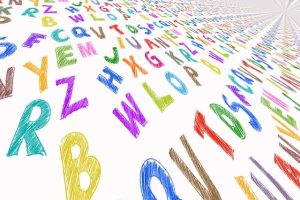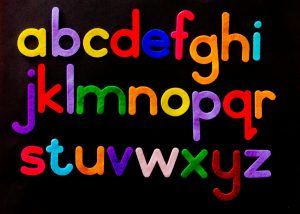Dolch Sight Words Nouns

Here is the list of Dolch Sight Words 3rd Level. These words are very important for comprehension and communication in American English. Students are invited to use the translation flags on the right side to translate if needed.
Students, do you know what each of the words below mean? Can you put each of these words in a complete thought and write a simple sentence with each of them? You are welcome to study the word list and the videos below to improve your American English skills.
apple, baby, back, ball, bear, bed, bell, bird, birthday, boat, box, boy, bread, brother, cake, car, cat, chair, chicken, children, Christmas, coat, corn, cow, day, dog, doll, door, duck, egg, eye, farm, farmer, father, feet, fire, fish, floor, flower, game, garden, girl, goodbye, grass, ground, hand, head, hill, home, horse, house, kitty, leg, letter, man, men, milk, money, morning, mother, name, nest, night, paper, party, picture, pig, rabbit, rain, ring, robin, Santa Claus, school, seed, sheep, shoe, sister, snow, song, squirrel, stick, street, sun, table, thing, time, top, toy, tree, watch, water, way, wind, window, wood
Dolch Sight Words Nouns Videos Part 1: Video Lessons and Quizzes
Dolch Sight Words Nouns Videos Part 2: Word Definitions and Sentences
Dolch sight words are an essential resource for English learners, as they comprise a list of commonly used words that children should recognize instantly to enhance their reading fluency. These words, which include “the,” “and,” “is,” and “in,” often do not conform to standard phonetic rules and can be challenging for learners to decode using traditional phonics strategies. By focusing on these high-frequency words, English learners can build a solid foundation for reading comprehension and gain confidence in their ability to tackle more complex texts. Mastering Dolch sight words allows students to move from the slow process of decoding each word individually to more fluid reading experiences, making it easier for them to engage with stories and informational texts.
Furthermore, the use of Dolch sight words promotes vocabulary acquisition within contextually rich environments. As learners encounter these familiar terms repeatedly in various sentences and scenarios, they begin to associate meanings and uses that extend beyond individual word recognition. This exposure helps develop their overall language skills by enabling them to grasp grammatical structures and sentence formation while enriching their understanding of English syntax. Ultimately, integrating Dolch sight words into literacy instruction not only streamlines the process of learning but also fosters a love for reading as students experience success in recognizing these foundational elements of language. In this way, teaching Dolch sight words is an effective strategy that benefits English learners both academically and personally in navigating the complexities of English literacy.




